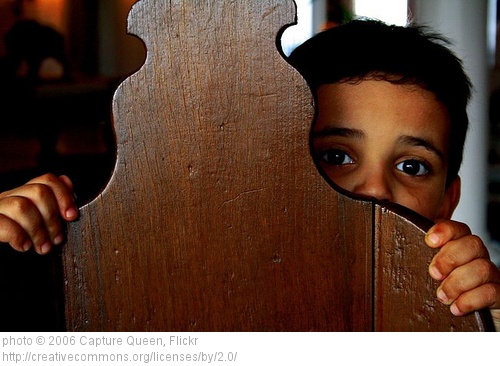People suffering from glossophobia may experiance the following symptoms:
- Intense anxiety when in front of people or even at the thought of being in front of a crowd.
- Rapid heartbeat.
- Dry mouth
- Sweating
- Bodily shaking
- Weak or shaky voice
So where does this common phobia come from? There are many theories, from such things as tramatic events, to undersocialization. Of the two mentioned, undersocialization is a huge culprit. Many times when children are sheilded from being in front of a crowd, they develope a fear of being in front of people later. An example would be in singing. Children who are give the chance to sing in front of people early in life generally have no difficulty later, while the opposite is also true. Wen someone says, "I have never been able to sing in front of people." That is probably not true. There was probably a time when they could have done so, but they did not try until they were much older. Of course if someone experienced a traumatic event while singing or speaking in front of people, they might developthis phobia also. Of course people are not animals, but the illustration of socializing dogs is relavant here. Te experts say that if a dog is not socialized when in the first few months of its life, it will never be comfortable in the company of other people or animals. It can of course be desensitized, but that is not the same as being socialized. In the smae way, people with glossophobia may be able to be desensitized but that is not the same as being socialized at an early age.
Treatment for glossophobia ranges from psychotherapy, speech therapy, desensitazation, medication, and coaching. There are many websites designed for public speakers which can help you to learn the tools necessary and to help you to overcome your anxiety.



